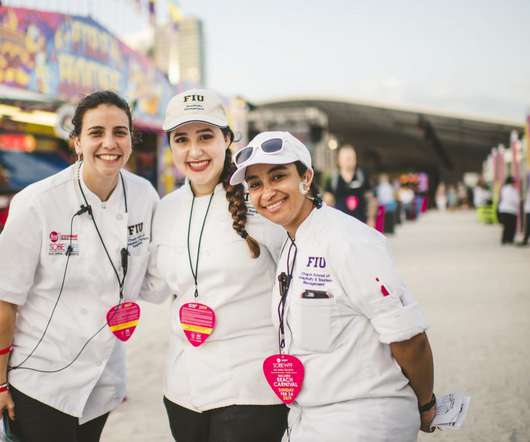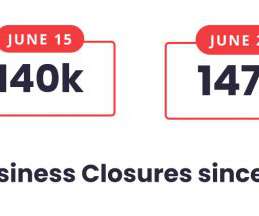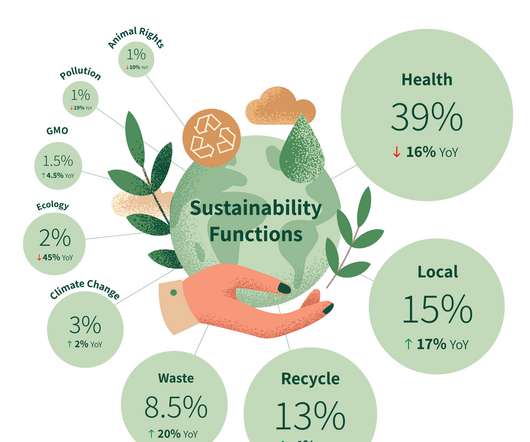Restaurant Experts’ 2021 Outlook, Part Two
Modern Restaurant Management
DECEMBER 28, 2020
Through better employee training in 2021, brands can make sure their five-star app isn’t ruined by a disjointed in-person experience. With technology at the forefront of restaurant operations, we think there will be an increase in branded mobile apps along with a rise in loyalty programs. Most definitely.















Let's personalize your content